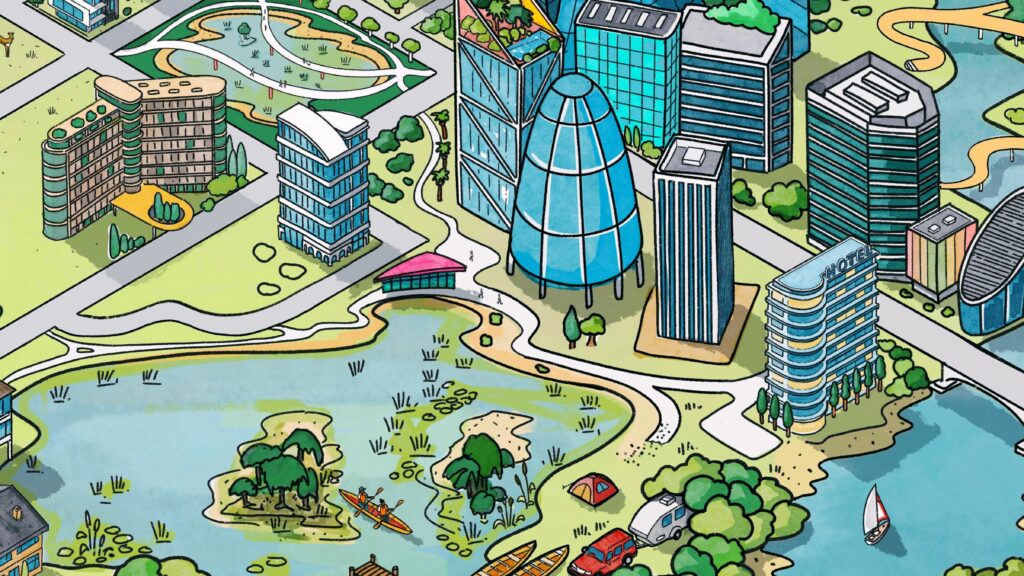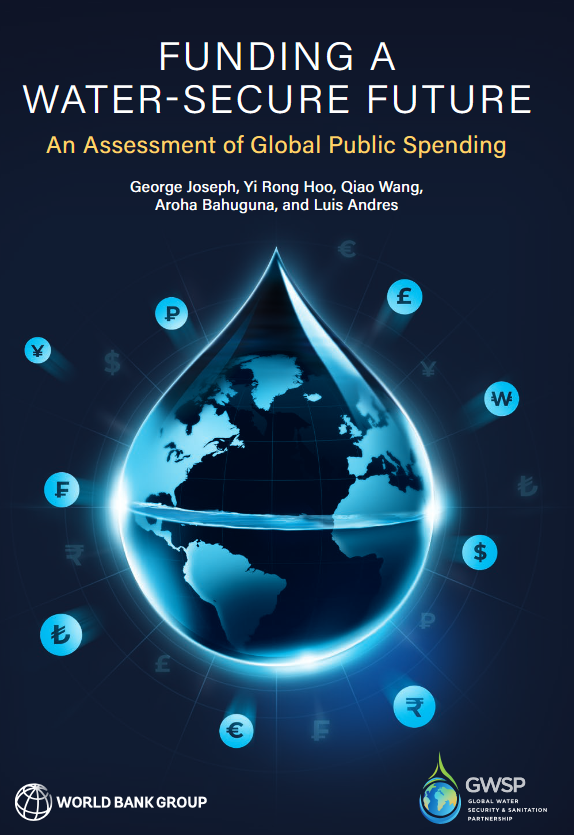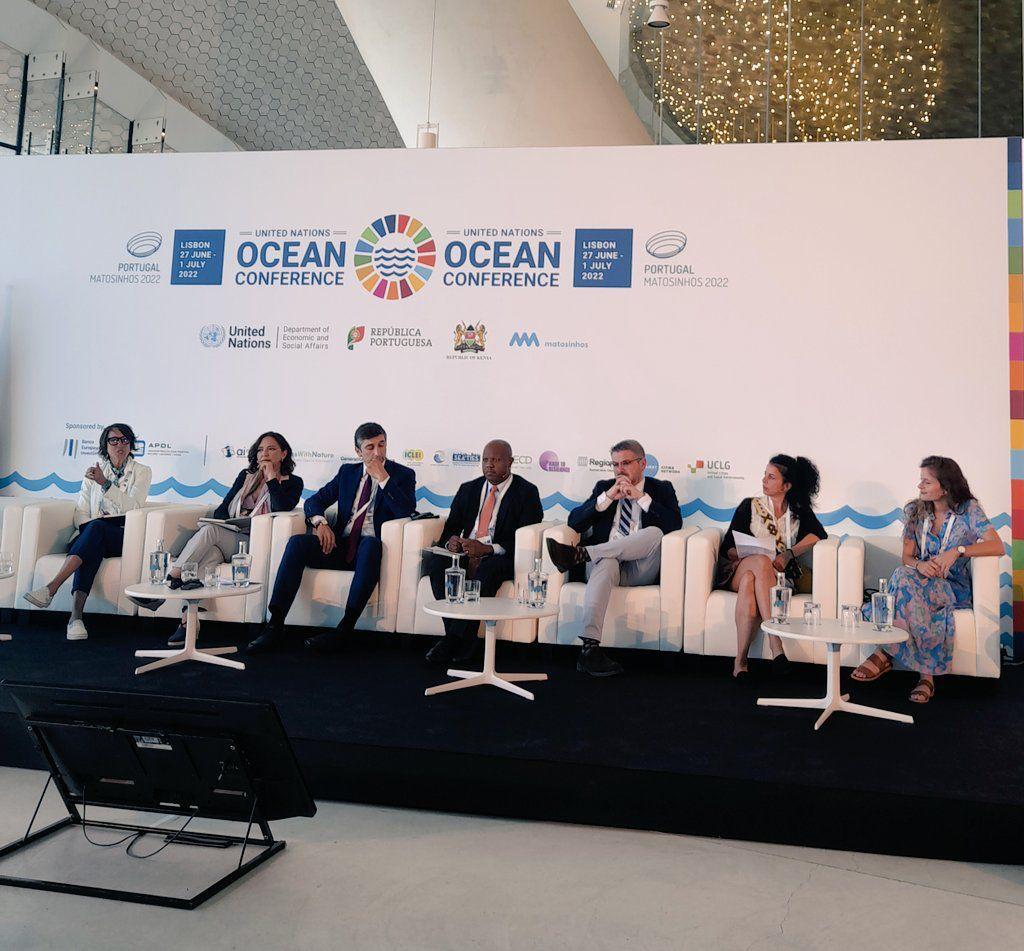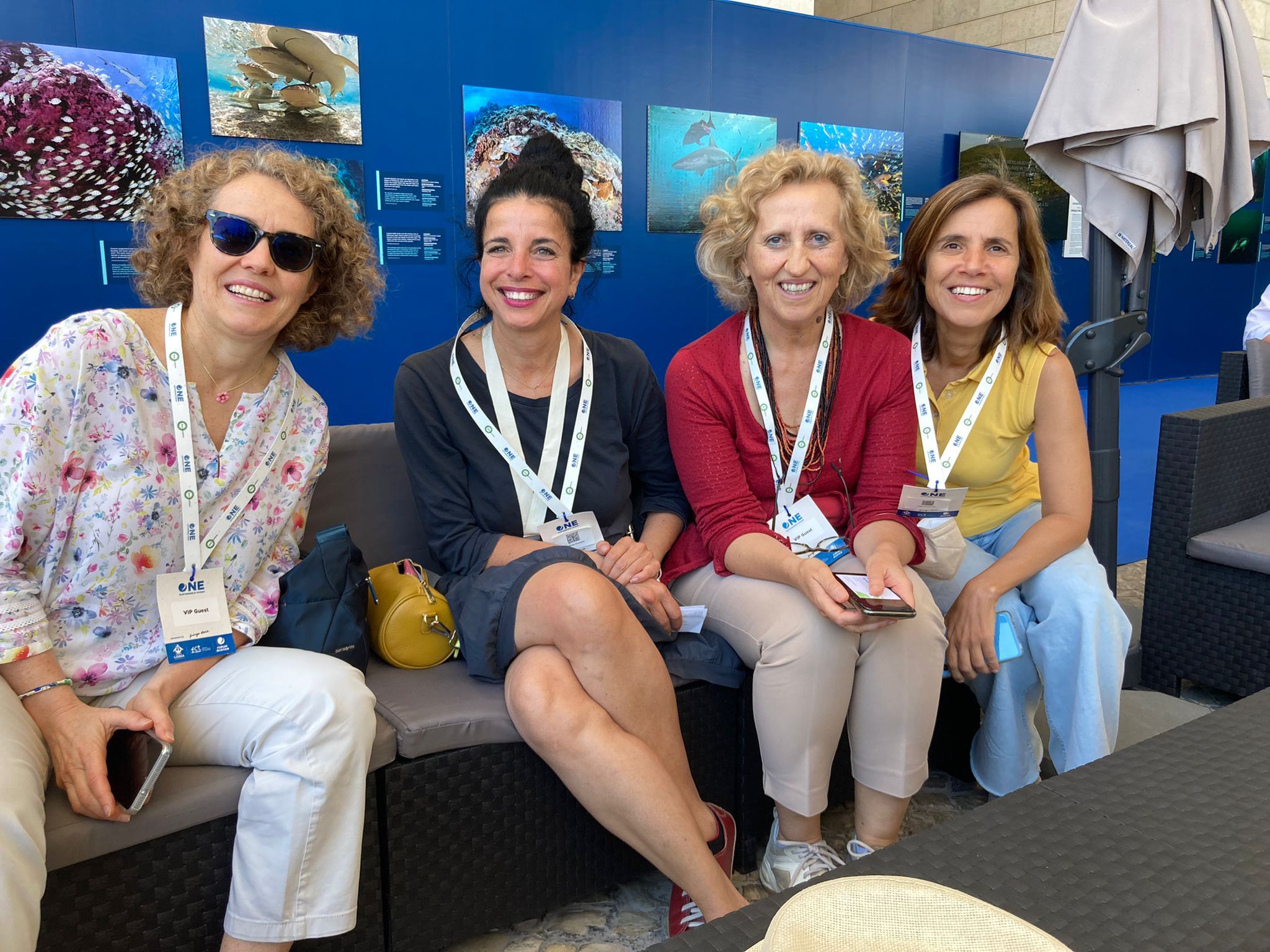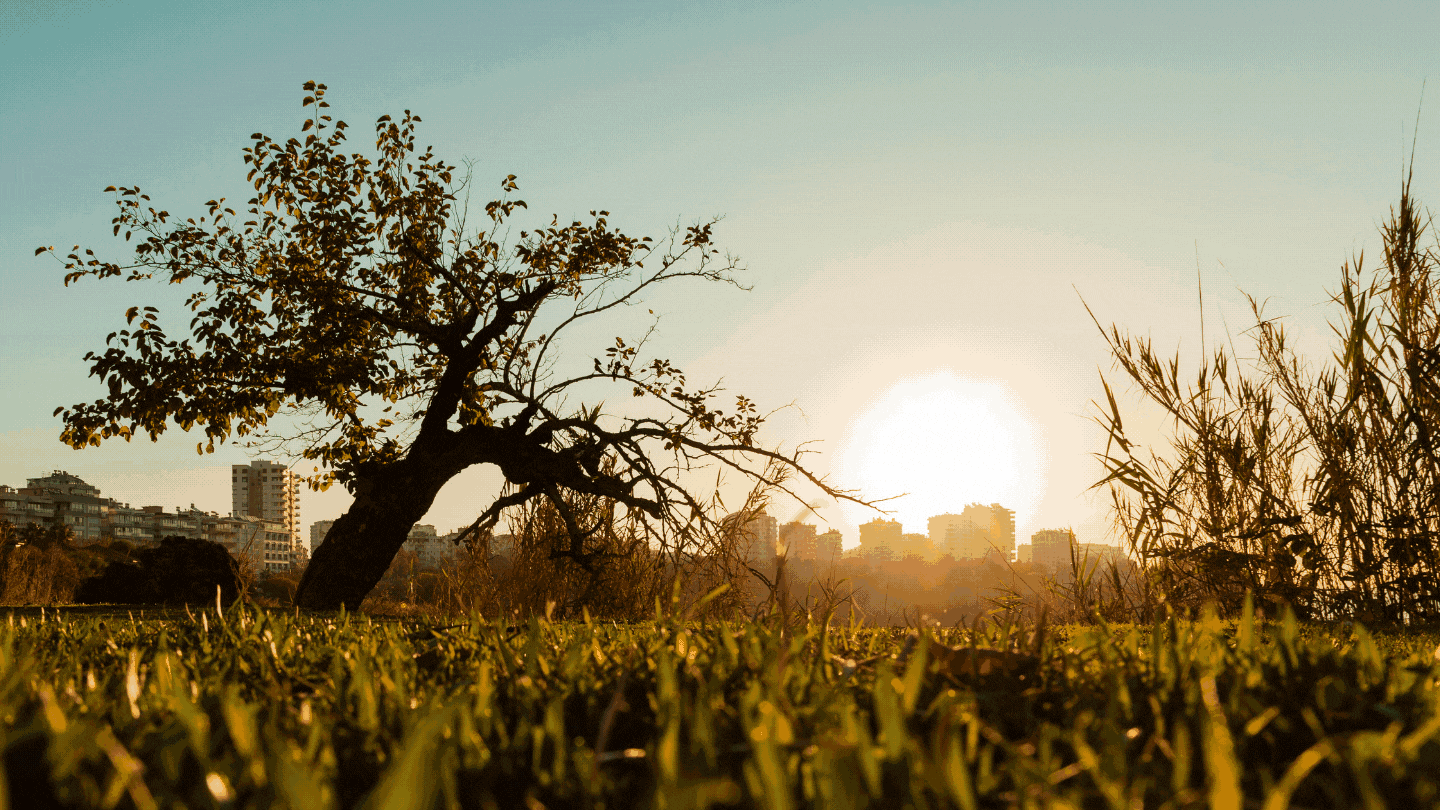Cities around the world experience water as being either too little, too much, or too dirty, and often usually a combination of the three. Rapid urbanisation, climate change, biodiversity loss and landscape degradation mean that many cities are facing chronic water insecurity. In 2023 alone, two-thirds of the global population experienced water stress, while cities from Cape Town to São Paulo have faced severe droughts over the past decade. Meanwhile, excessive rainfall and poor infrastructure left cities like Nairobi and Jakarta struggling with catastrophic flooding.
